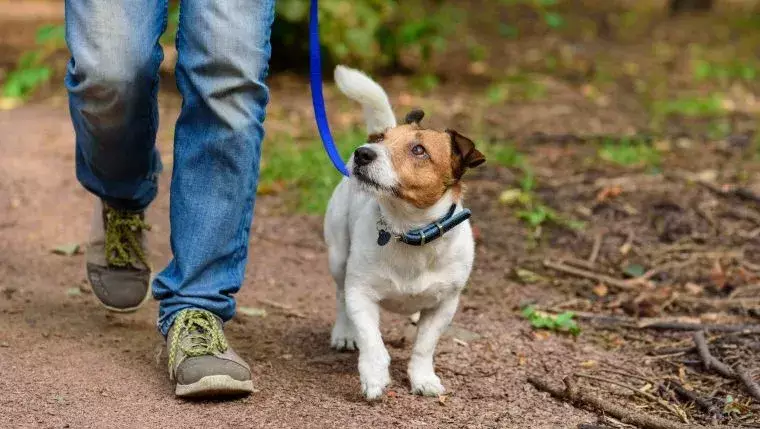Urbanization is a global phenomenon that has dramatically transformed landscapes, particularly in the last century. As cities expand, they increasingly exert pressure on local ecosystems, affecting wildlife, vegetation, and overall biodiversity. Understanding the implications of urban sprawl provides critical insights into developing sustainable practices that can mitigate harmful impacts on the environment.
One of the most pressing consequences of urban development is habitat loss. As natural landscapes are replaced by infrastructure such as roads, buildings, and parking lots, the delicate balance of local ecosystems is disrupted. This transition often results in habitat fragmentation, where previously continuous habitats are divided into smaller, isolated patches. Such fragmentation can inhibit the movement of species, reduce genetic diversity, and ultimately lead to population decline or extinction.
Furthermore, isolated habitats may become less viable due to the inability of species to access necessary resources. For example, animals that depend on migratory routes may be unable to find paths through urban areas, leading to increased fatalities and reduced populations. These dynamics are particularly detrimental to larger species with extensive habitat requirements, which can face severe challenges in urban environments.
In urban settings, native flora and fauna often struggle to compete with invasive species that thrive in disturbed environments. The introduction of non-native plants and animals can lead to declines in native species, resulting in altered community dynamics. For instance, invasive plants may outcompete indigenous plants for sunlight and nutrients, diminishing the quality of the habitat available for local wildlife.
These shifts in species composition can have cascading effects on ecosystem functions. Pollinators, for example, rely heavily on native plants for sustenance; without them, their populations may dwindle. Consequently, this can jeopardize plant reproduction and ultimately disrupt food webs that depend on interspecies interactions.
Urbanization exacerbates local climate scenarios, notably through the creation of urban heat islands (UHIs). These areas, characterized by elevated temperatures compared to surrounding rural regions, can negatively impact wildlife and plant life. Increased temperatures can lead to heat stress in vulnerable species and can alter flowering and breeding periods, disrupting the life cycles of many organisms.
Moreover, the UHI effect compounds the challenges posed by climate change. As cities continue to grow, the demand for resources rises, leading to greater emissions of greenhouse gases and further straining local ecosystems. This interconnected relationship highlights the urgent need for cities to adopt green infrastructure practices that can mitigate the adverse effects of urbanization.
Addressing the ecological consequences of urbanization requires a comprehensive approach. Urban planners must prioritize green spaces and corridors that integrate natural habitats within city designs. Furthermore, implementing policies that promote the use of native species in landscaping can enhance biodiversity and restore ecological balance.
Public education plays a crucial role in fostering a greater connection to nature among urban residents. By understanding the importance of local ecosystems, communities can cultivate stewardship, advocating for practices that protect and enhance the environment.
While urbanization offers numerous benefits, it poses significant challenges to local ecosystems. Balancing development with ecological preservation is essential for ensuring a sustainable future for both urban residents and the natural world. Through thoughtful planning and community engagement, cities can thrive while also protecting the invaluable resources that sustain life.

